History Museum&Historic Sites Tour
Are you familiar with the historical sites and history that remain at the Yokohama Rubber Hiratsuka Factory?
Nearly 70 years have passed since the Hiratsuka Factory, Yokohama Rubber's research and development base, was established in 1952.
This site was used as the former Navy's No. 2 gunpowder arsenal during the Meiji, Taisho and Showa eras.
In fact, the Hiratsuka Factory is still dotted with historical remains related to the gunpowder plant.
Here we will introduce some of the historical sites that were introduced during the "Historical Sites Tour" conducted by Think Eco Hiratsuka.
Normally, we are not able to show you this place because it is in the company's premises, but we would like to specially introduce it on our website.
Please take a look.
Historical Buildings Remaining at the Hiratsuka Factory
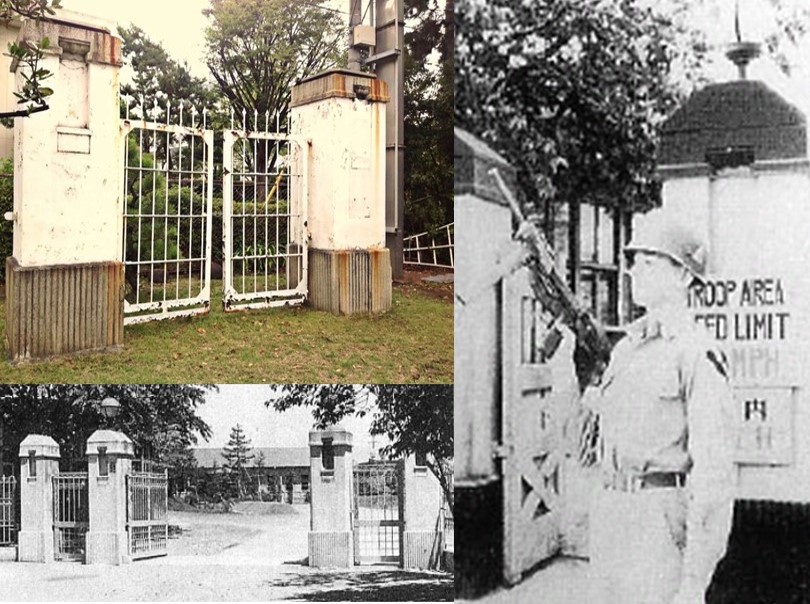
Gunpowder Factory Main Gate
This gatepost has been used since the days of the old Naval Gunpowder Factory. There used to be four pillars, but the middle two pillars have been moved. It is one of the oldest structures on our premises, and is said to have been made between the end of the Meiji era and the Taisho era.
Photo on the right: Occupation Forces soldiers standing guard in front of the main gate
Photo below: The main gate photographed after the Great Kanto Earthquake.
.jpg)
The White House (Old Explosives Arsenal Reference Hall)
This building was constructed in the early Showa period (1926-1989), when it was a naval gunpowder arsenal. At that time, it was called "Reference Hall". According to the records of that time, it was used for communication and air defense monitoring. Today, it is affectionately called the "White House" by our employees because of its white appearance, but it is still a valuable building that retains some of its original features, such as part of the air-raid monitoring room, gun-eye windows and fire doors, and pre-war toilets.
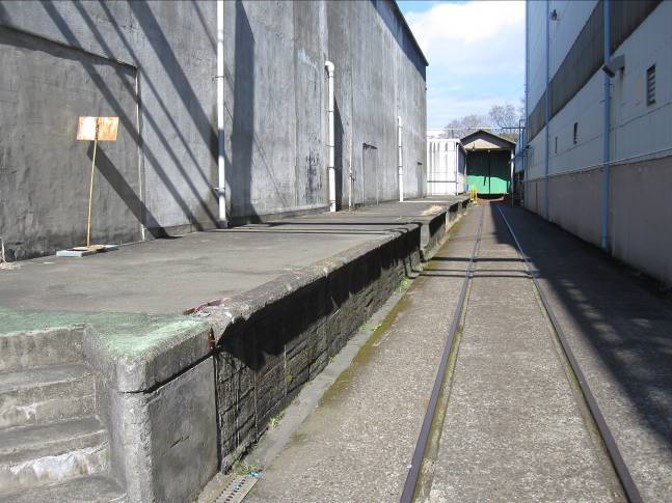
Old Pulling Line&Platform
This is the remains of a platform and a track used from the time of the Naval Gunpowder Arsenal to the 1960s. At that time, marine and rail transport was the mainstream, so a dedicated track extended from this site to the lower reaches of the Sagami River, connecting with the marine transport route.
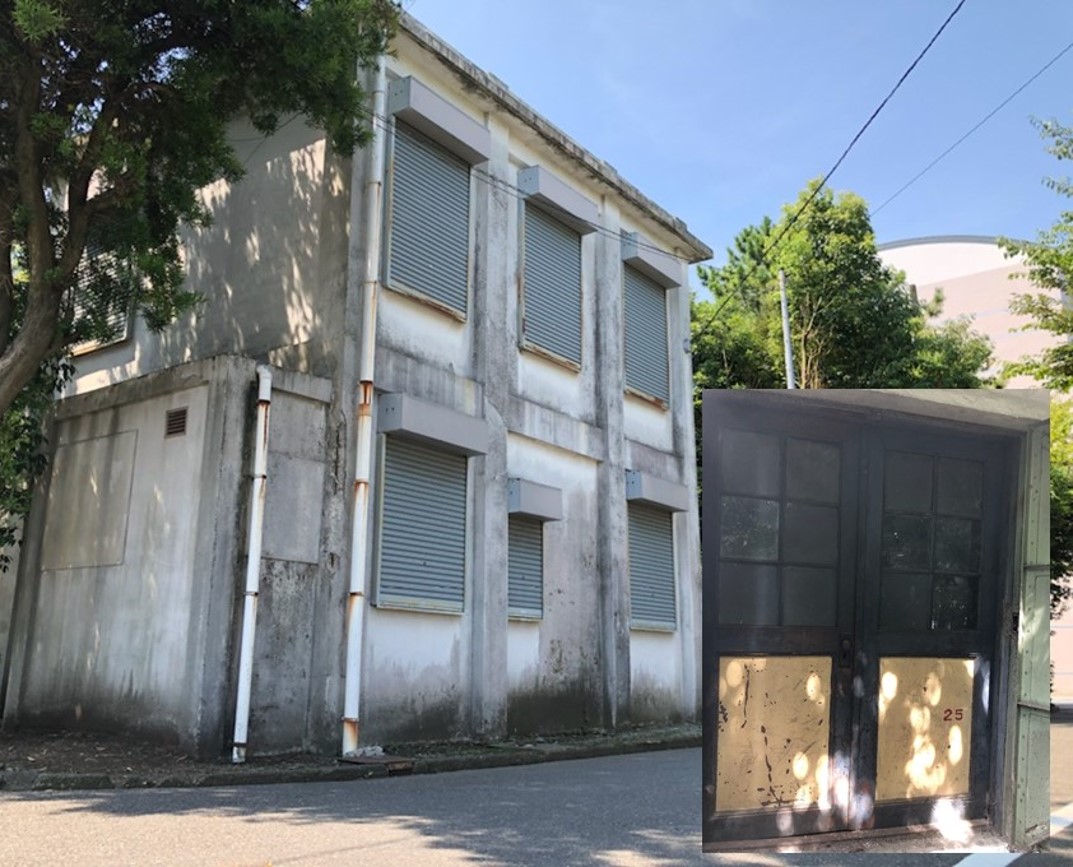
Old Navy Office Building
It is a reinforced concrete building that is said to have been constructed around the early Showa period. It is confirmed in the photograph at the end of the war that there was a balcony on the second floor when it was used by the Navy, but it has been demolished now. The entrance is a double structure with iron doors, and the building number (25) written at the time of the Occupation Forces seizure remains on the lower right of the door.
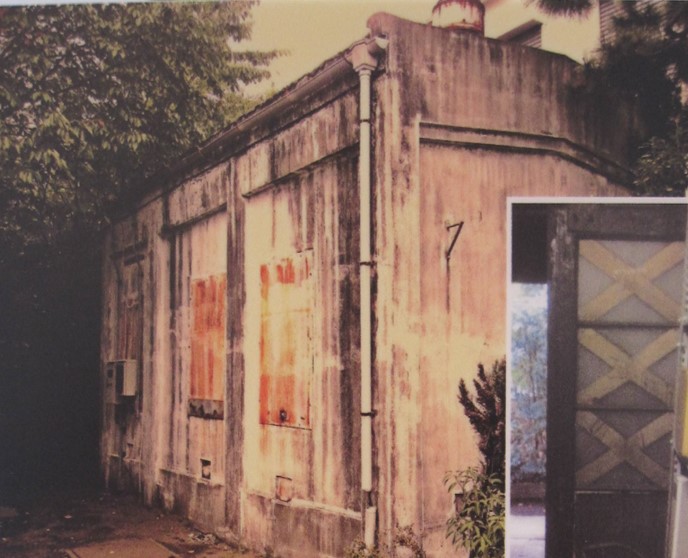
old telephone switchboard
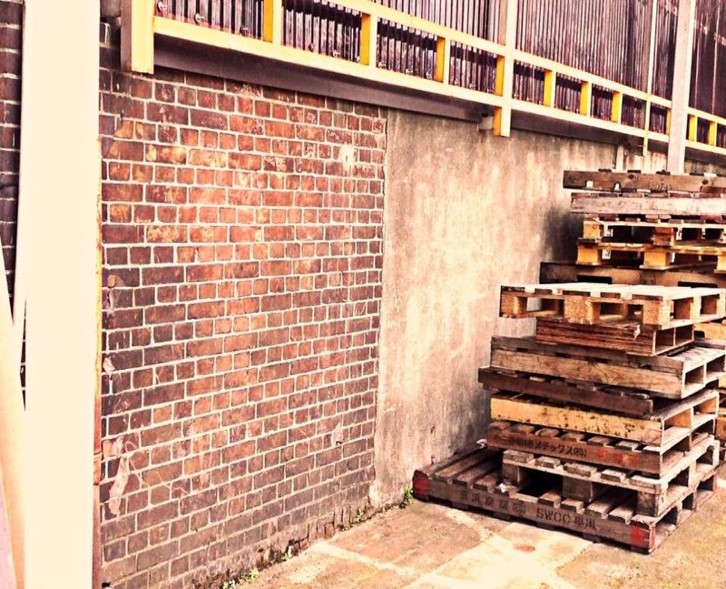
brick wall
This is a brick wall from the old naval gunpowder arsenal that remains in the Hiratsuka Works. The original building was demolished a long time ago, but some of the bricks are still there. The bricks were piled up using the British method, which was the mainstream method during the Meiji and Taisho periods.
We look forward to meeting you all.
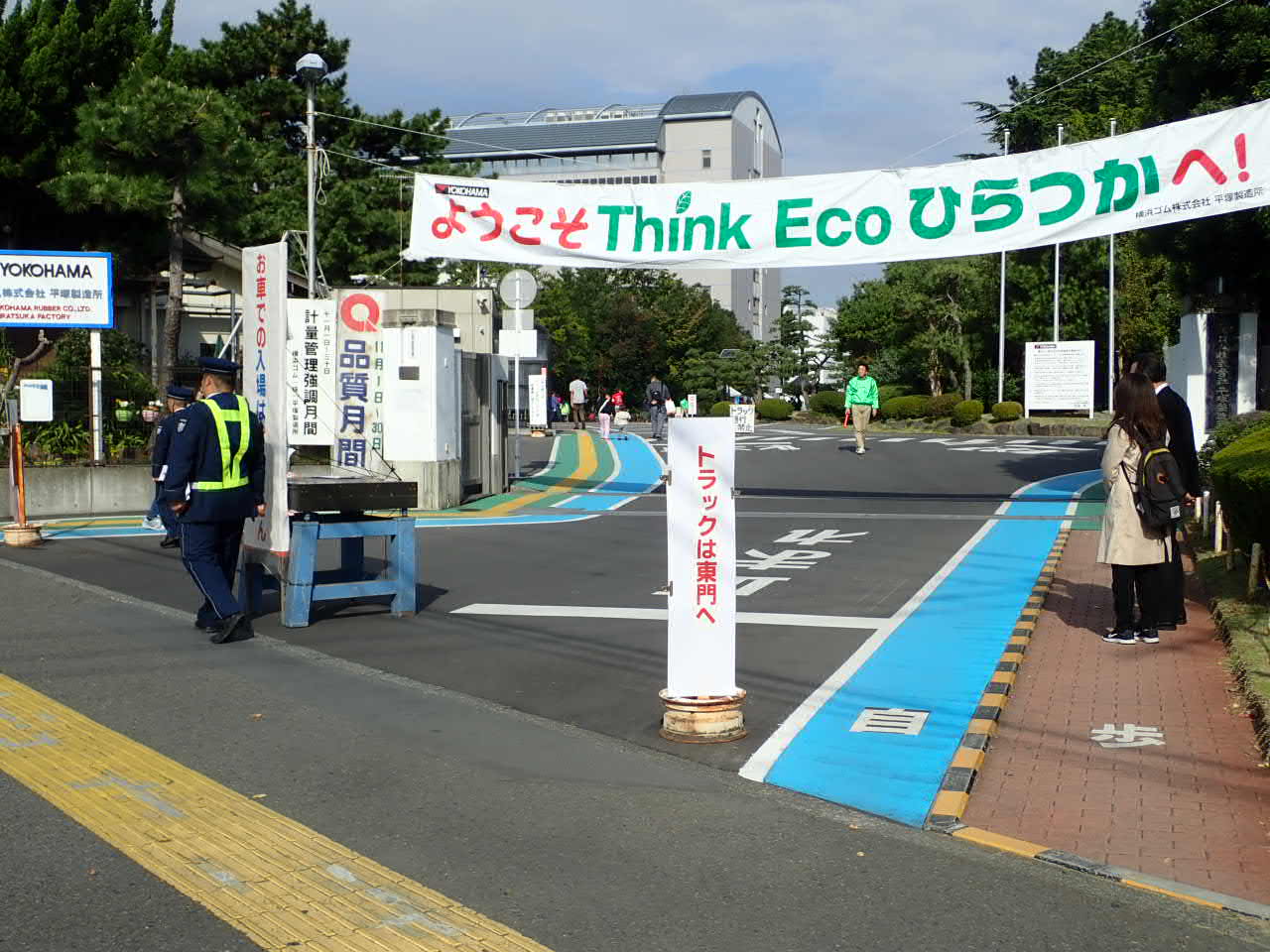
The information provided here will be added and updated as appropriate.
CSR Information of Hiratsuka Factory

